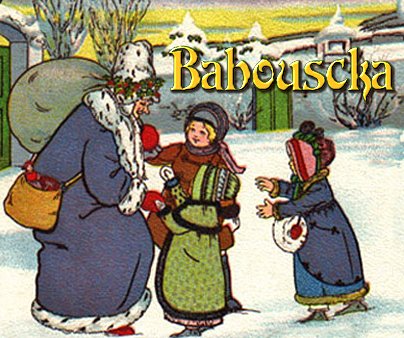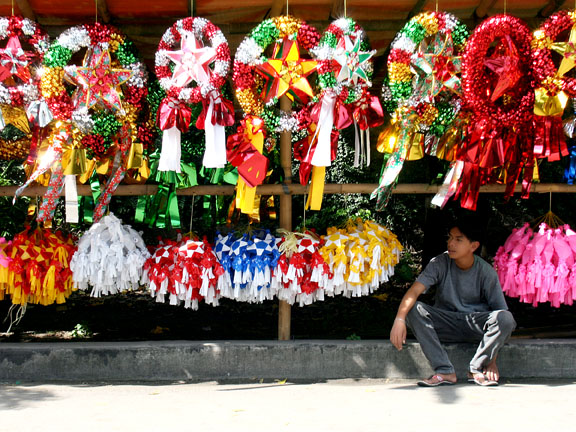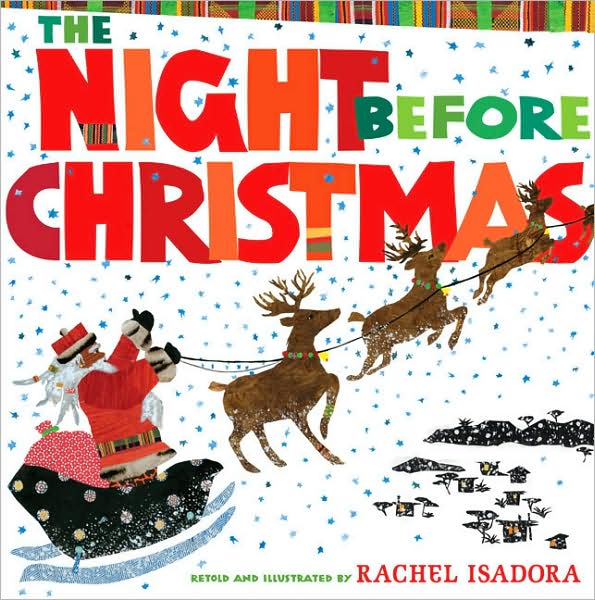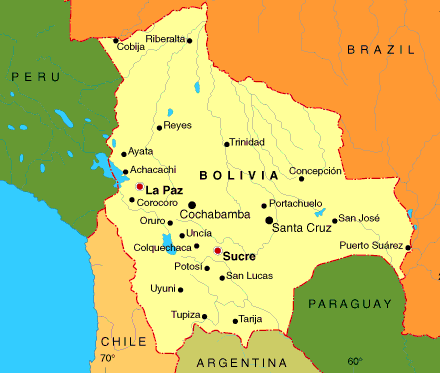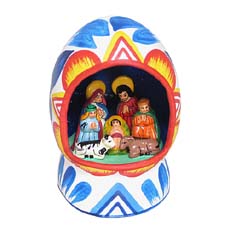We also learned that Christmas Eve dinner in Siberia is often a meal with 12 parts or dishes. These twelve items represent the 12 Apostles during the Holy Supper. Supper is served on Christmas Eve after the first star appears in the sky. I especially like finding that "After dinner, no dishes are washed and the Christmas presents are opened". I believe this is something we will have to do after our Christmas Around the World meal.
As a child myself I remember my mom sharing "Russian Tea" with us. I have found that indeed the instant tea, made with Tang, is based off a traditional tea made in Russia. Here is a yummy-looking recipe I hope to use with my family.
 Russian Spice Tea - Christmas Holiday favorite
Russian Spice Tea - Christmas Holiday favoriteIngredients:
| 3 lemons | 2 quarts weak tea |
| 3 oranges | 2 tbsp. whole cloves |
| 1 pt. pineapple juice | 2 c. sugar |
On this same site is a recipe for Russian Tea Cakes, very similar to Mexican Wedding Cookies. I think we will have to have some of these to go with our tea.
Oh my, our Christmas Around the World celebration is going to be quite festive and yummy. I hope I am able to pull it all together. Check back soon to see what all we put together. I hope to have a menu finalized in the coming days and will post it as soon as I do.
Links:
Russian American Christmas



